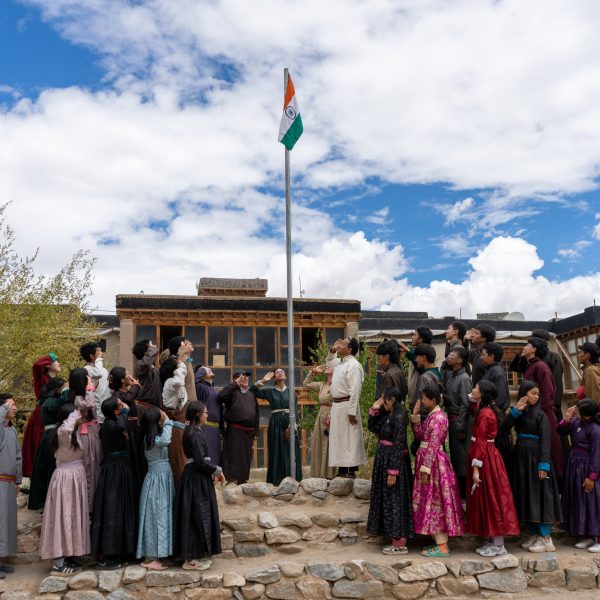This is a sensitive border region, and Buddhists and Muslims are fighting for a greater say in administration and protection from corporate interests.
Ladakh is boiling, and it is not good news for India. It is through this cold Himalayan desert at the northern tip of India that the highly contentious Line of Actual Control, the de facto border between India and China, runs.
Ladakh lies amid disputed territories. The China-held Aksai Chin, which India claims, lies to the east and the Gilgit-Baltistan region of Pakistan-administered-Kashmir sits to its north. Due to a history of conflict with both Pakistan and China, its borders remain highly sensitive. The last thing India needs in Ladakh is internal disturbance. But that’s what is happening.
On September 24, protests demanding protection of local interests suddenly turned violent and an office of India’s ruling Bharatiya Janata Party (BJP) in Leh was vandalized and set afire. Locals accused the BJP of fooling them with false promises. Subsequently, four protesters were killed in police firing.
The police crackdown that followed, along with administrative attempts to brand the movement as aided by Paki
Continue Reading on The Diplomat
This preview shows approximately 15% of the article. Read the full story on the publisher's website to support quality journalism.
